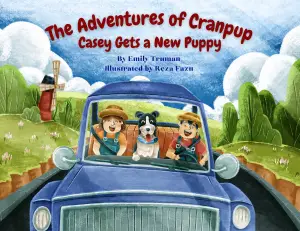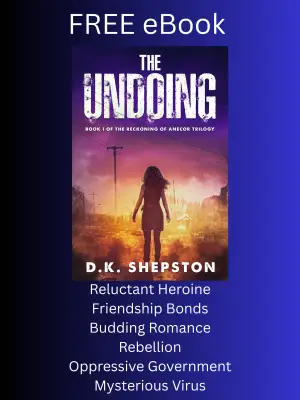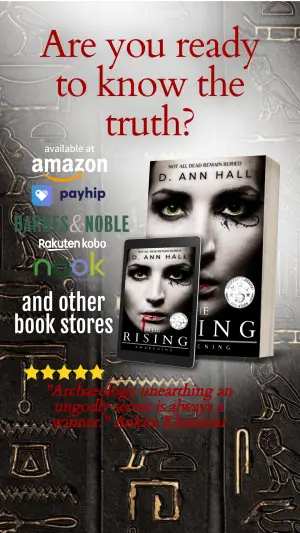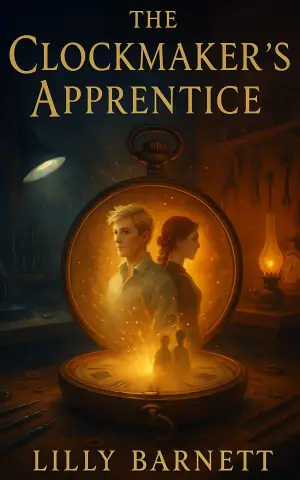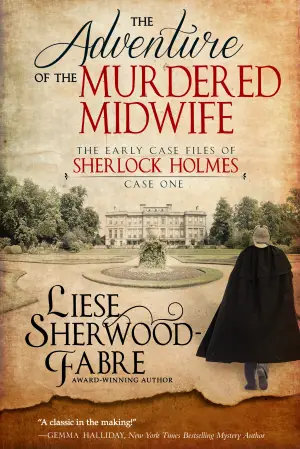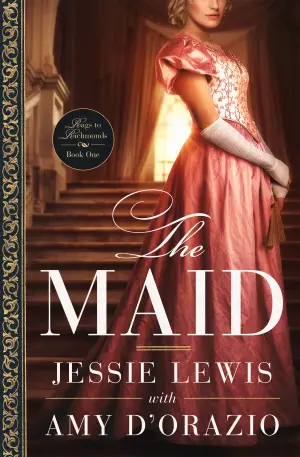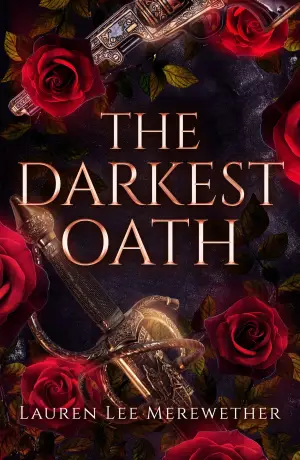Review of A Court of Wings and Ruin by Sarah J. Maas
I picked up A Court of Wings and Ruin with a mix of curiosity and apprehension. Sarah J. Maas has built a massive following, and I, too, had been swept up in the initial excitement of her A Court of Thorns and Roses series. Yet, as I dove into the hefty tome—over 700 pages of fae drama, romance, and battles—I wondered if I’d be left enchanted or utterly exhausted. Spoiler alert: it was a wild ride, but not quite in the way I hoped.
At the heart of this installment lies a deep exploration of loyalty, family, and the blurry lines between love and power. The characters—Rhysand, Feyre, and their ensemble of allies (and some questionable acquaintances)—navigate a war that is as internal as it is external. Rhysand, for all his attempted complexity, often boiled down to the dual roles of “stoic hero” or “charismatic lover,” a characterization that did little to shift beyond his earlier portrayals. And then there’s Feyre, whose evolving strength and struggle against her own vulnerabilities were often muddled by repetitive narrative choices that felt stale. Did I mention the word "mate" is used a staggering 202 times?
Let’s take a moment to talk about the pacing. Maas’s writing has its ups and downs, oscillating between moments of gripping tension and stretches of sheer tedium. The book is teeming with what feels like filler, with characters caught in endless discussions about strategy while various brooding looks and passionate embraces occur. I found myself yearning for Feyre’s earlier artistic pursuits, which seemed to vanish in this war-heavy plot. Instead, we’re treated to more “intimate” moments between characters that began to feel formulaic.
One of the standout moments, both hilariously awkward and cringe-worthy, was the “sexting” scene where Feyre and Rhys resort to mental imagery exchanges. I couldn’t help but burst into laughter at the absurdity—was it meant to be sexy or comedic? Perhaps a mix of both, but it showcased Maas’s tendency to blend humor with sultry moments, even if they sometimes miss the mark.
There were also moments when the dialogue resonated with a semblance of truth, even amidst the cliché—lines like “It’s the family you make, not the one you’re born into,” while sentimental, felt like they came from a stockpile of motivational posters. This repeated reliance on tropes might have dulled their impact for me, especially when the stakes of the narrative seemed so high.
As I flipped through pages, I considered who might genuinely enjoy this book. Fans of dramatic love stories with expansive world-building (even if it sometimes stumbles) may find pleasure in the chaotic beauty of Maas’s universe. However, if you’re seeking nuanced character development or a tightly woven plot, this installment may frustrate you as it did for me.
Ultimately, my reading experience of A Court of Wings and Ruin left me with a mix of exasperation and laughter. It reinforces the idea that sometimes, even when we enter with the highest hopes, a book can swirl our expectations into chaotic dust. Still, there’s beauty in the struggle, and who knows? Perhaps that dysfunctional, overly passionate world of the Fae will still beckon you back for more. After all, isn’t that what love—and a little bit of masochism—is all about?
Discover more about A Court of Wings and Ruin (A Court of Thorns and Roses,… on GoodReads >>

